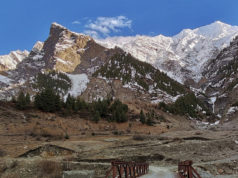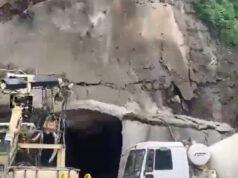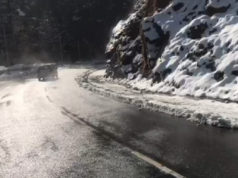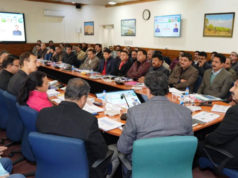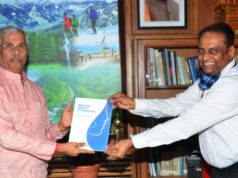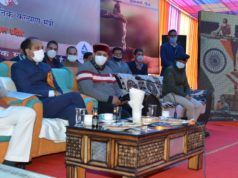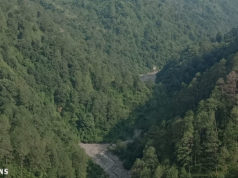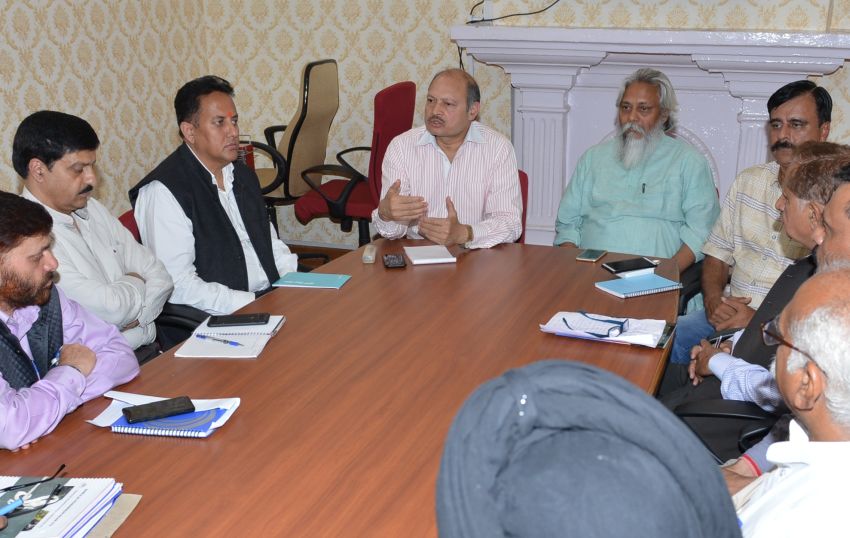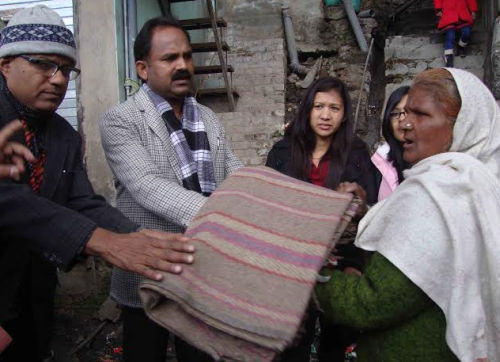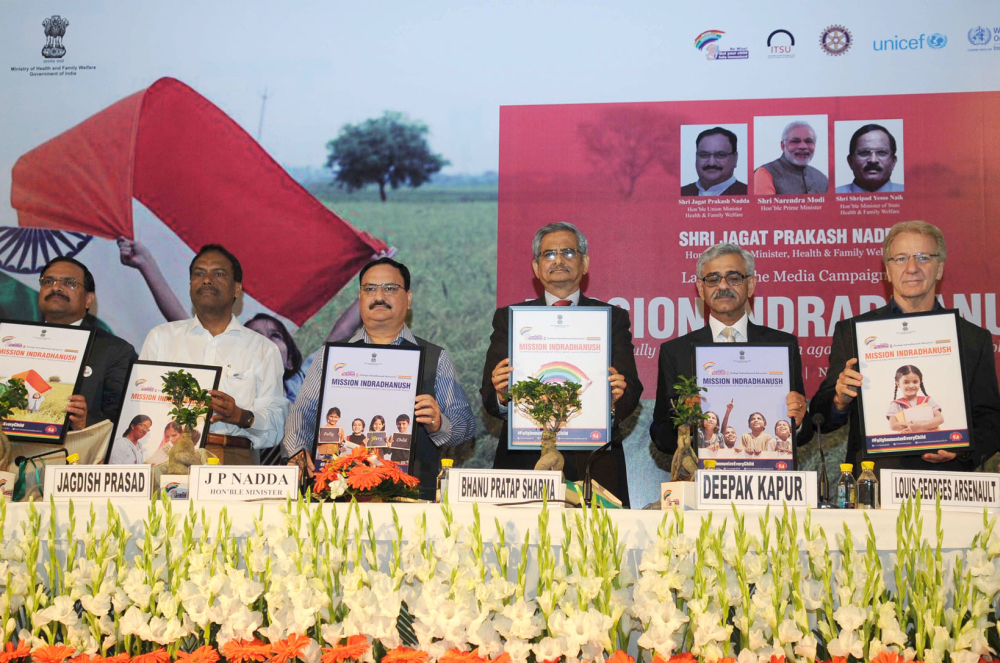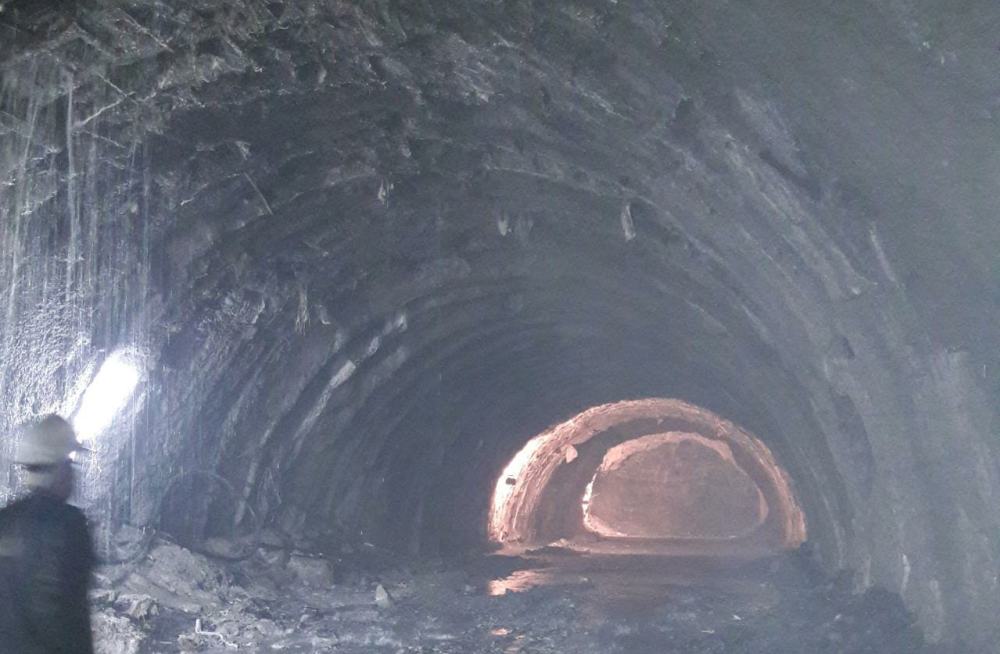
With an early heatwave, this year Himachal Pradesh recorded its driest March in the last 14 years. Due to this, many water sources across the low-lying areas in the state have dried up, which resulted in reduced water supply in many regions of the state. As a solution, the National Highways Authority of India (NHAI) carried out a first-of-its-kind experiment in Himachal using a unique technology of water harvesting in highway tunnels. As part of this project, NHAI has successfully managed to harvest seepage water in the Nela tunnel (a 1245-metres long tunnel in Nela village, Mandi) that lies between Pandoh and Nerchowk on the Kirathpur- Manali Highway.
The new method collects seepage tunnel water that often pours from either side of the tunnel within the rubber sheets inside the tunnel’s concrete walls. The technique collects the flowing water in a chamber connected via a pipeline. According to Abdul Basit, Regional Officer NHAI, using this method, it’s possible to collect over 30,000 litres of water per day. And, its volume is likely to increase during the monsoon season.
The government aims to address the water crisis in the state through this method as the collected water is safe for drinking and irrigation.
Damaging effects of water seepage on tunnels during their working life
The constant variation of water seeping in tunnels may result in stress concentration in the tunnel’s segment joints. Generally, the maximum tensile stress in a segment is around 3.1 MPa. But with water inrush, it becomes 15.77 MPa, which is higher than the standard tensile strength of C50 concrete (5 MPa). Due to this, the local concrete is most likely to face structural damage over time. Besides that, it also increases the compressive stress in concrete.
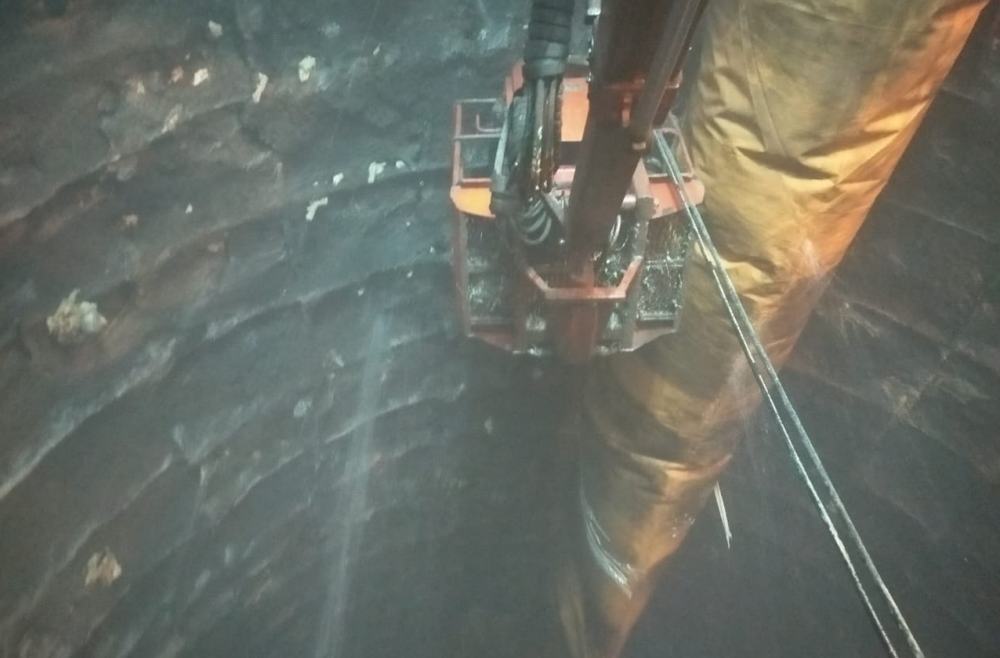
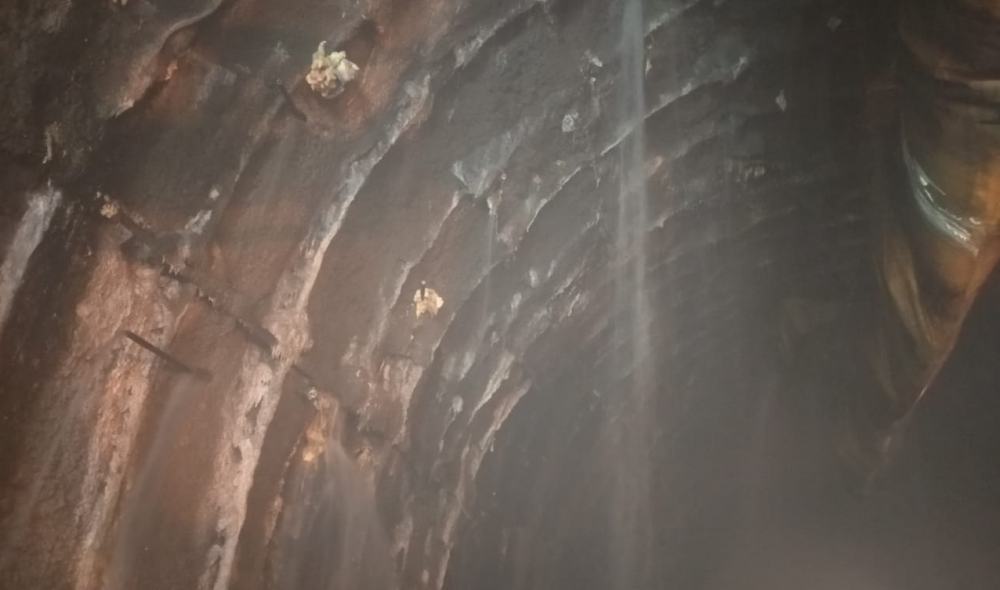

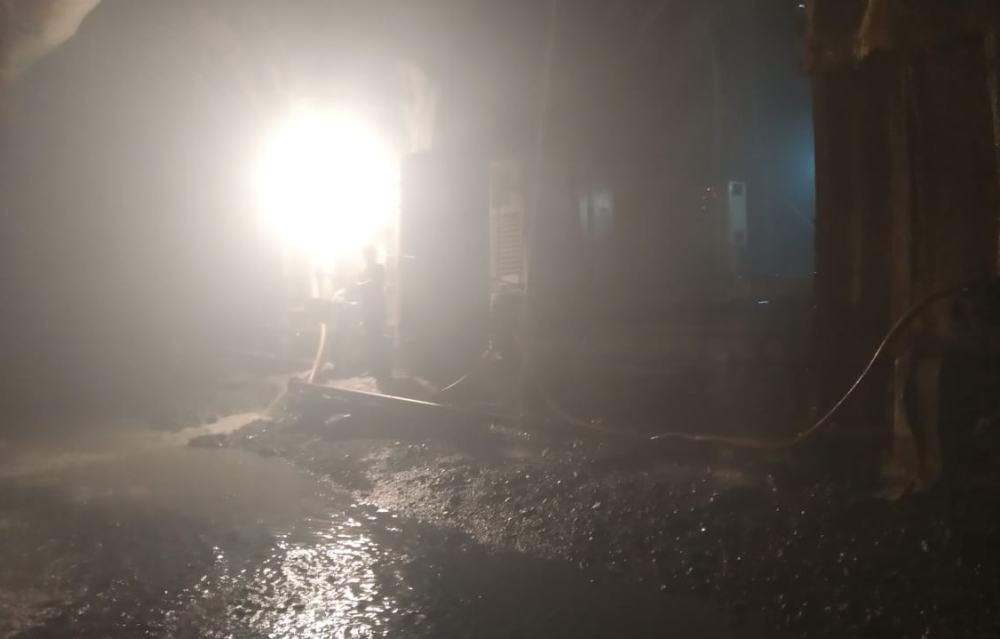
When the tensile strength and compressive stress in the concrete is low, there is a higher risk of developing cracks over time, weakening the overall structure of the tunnel. But the NHAI’s experiment aims to reduce the damaging impact of water in tunnels.
A solution to the increasing water crisis in the state
Besides tackling the water damage to the tunnels, NHAI’s new initiative will also help the state government tackle the increasing water crisis in Himachal. Since 50% of the drinking water comes from groundwater, it’s a wonderful idea to utilize natural resources to fulfil the water needs of everyone.
Innovation to the rescue
The unique NHAI initiative would get implemented in all the ongoing and upcoming projects in the state, including the Kaithlighat-Dhalli section of the Parwanoo – Shimla four-lane project. In this new project, there’s a proposal of five tunnels totalling a length of around five kilometres. Water tanks will also be constructed near the new tunnels as part of the project.
The government authorities have also asked local panchayats and NGOs to participate in the distribution management of the collected water for agriculture, drinking, and other purposes. Around 35 tunnels are proposed in the seven projects undertaken by NHAI in the state. And, around 70-80% of tunnels face water seepage. Hence, it’s a great initiative to tackle structural damage in tunnels and solve the water crisis in the state.
Appropriate utilization of natural resources
Speaking on the matter, Abdul Basit also mentioned that it’s crucial to harvest precious natural water, which otherwise goes waste. The experiment by NHAI to utilize natural resources for solving the water crisis is remarkable. With more such initiatives, we can harness the power of natural resources around us in a more sustainable way.


